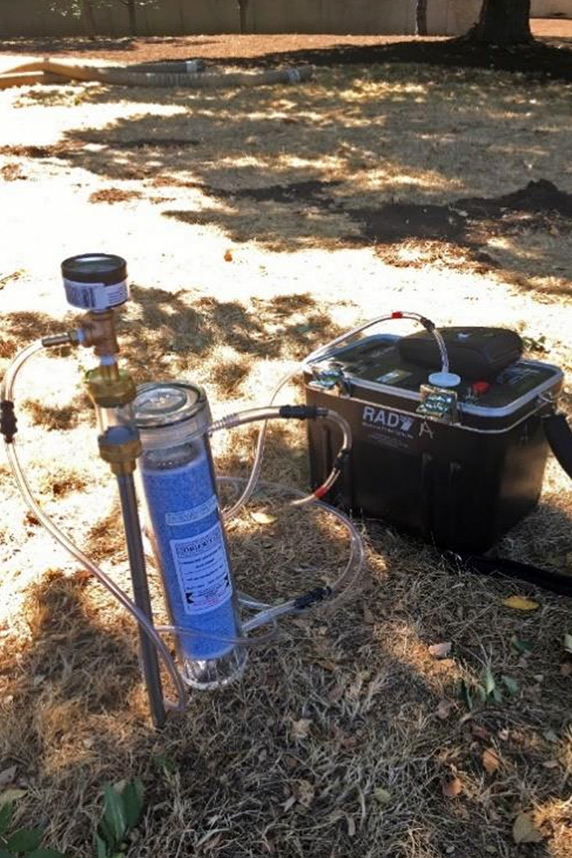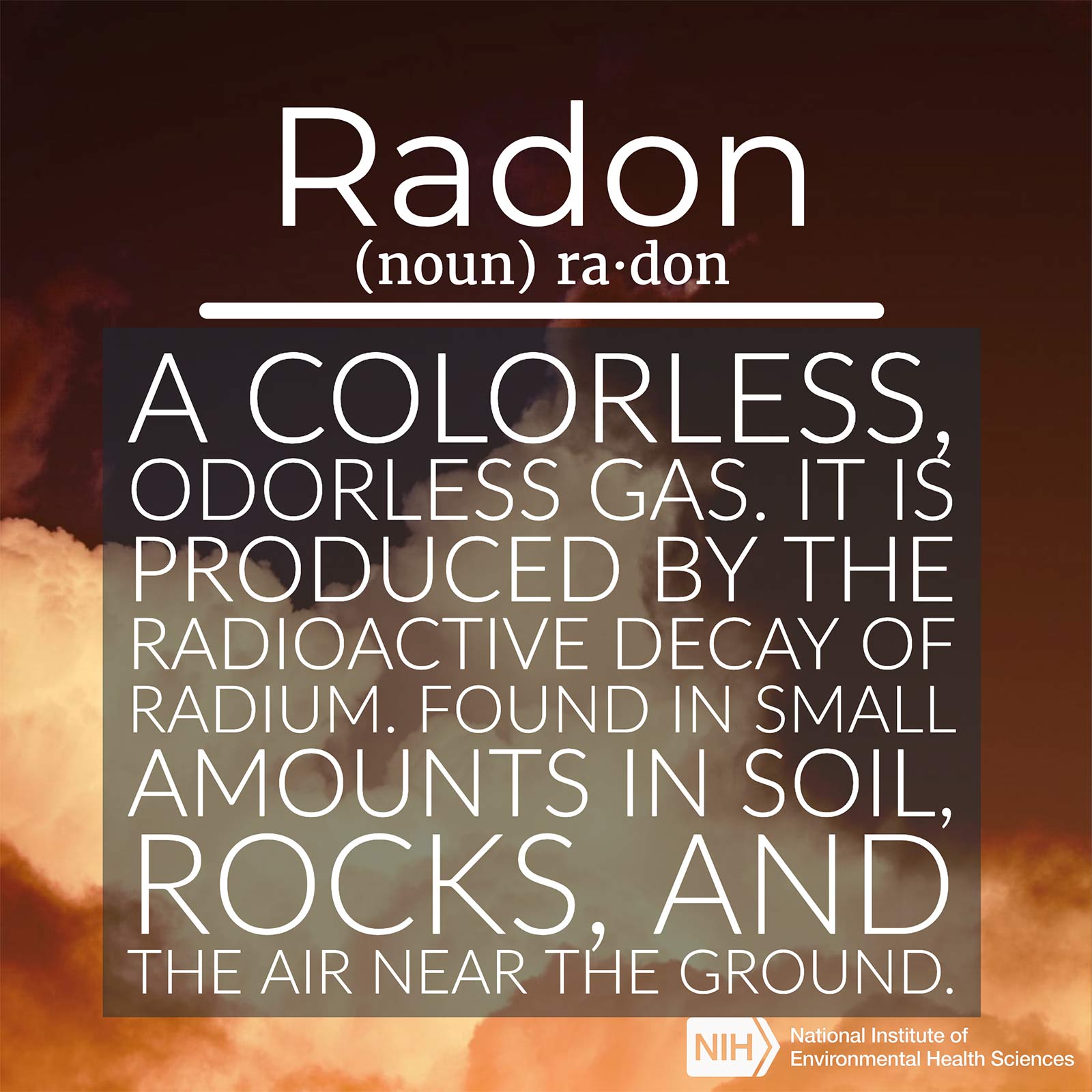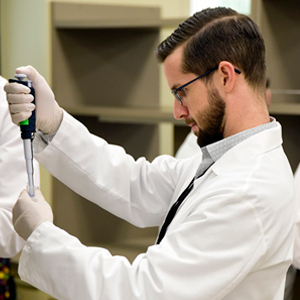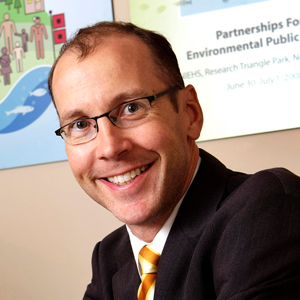When it comes to substances in the environment that can harm our health, radon — a naturally occurring, odorless, radioactive gas — may be overlooked. In January, National Radon Action Month, NIEHS and its partners promoted a podcast and publication of a citizen science study to help communities and individuals learn how to reduce health risks.
 Winter, when windows and doors stay closed, is the best time to test your home for radon. (Image courtesy of VectorEng / Shutterstock.com)
Winter, when windows and doors stay closed, is the best time to test your home for radon. (Image courtesy of VectorEng / Shutterstock.com)“There is general agreement that radon exposure is the second-leading cause of lung cancer after active smoking and the leading cause among nonsmokers,” states the NIEHS Radon Environmental Health Topic. Taking steps to lower radon exposure in homes, known as radon mitigation, helps prevent lung cancer deaths. But first, residents must know of the danger.
Radon and women’s health
On Jan. 1, the NIEHS Clinical Research Branch’s Women’s Health Awareness (WHA) initiative announced a new podcast (see sidebar) on radon and health. The episode is the first in a series to help address environmental health disparities among women in underserved communities.
Phillip Gibson, coordinator of the North Carolina Department of Health and Human Services Radon Program, described how radon gets into homes, health effects, and testing. His program gave out free test kits during January, so low-income residents could learn whether they were being exposed to radon.
Gibson is a long-time partner of the WHA initiative. By participating in past NIEHS women’s wellness conferences, he has helped thousands of women learn how to protect themselves from radon exposure.
Widespread concern
Minerals in rocks and soil throughout the world emit radon, Gibson explained. The gas may enter homes from surrounding soil or may be present in rocks quarried for cement used in foundations and walls. Although gas accumulates especially in basements, people can be exposed in other rooms, especially in weather-proofed homes. “Any home can have an unhealthy level of radon,” he said.
“People who spend more times in homes with high levels of radon are more susceptible to the effects of radon,” Gibson noted. Environmental justice becomes an issue for those who cannot afford mitigation steps. Therefore, North Carolina and some other states have financial support, such as grants, for residents who meet certain criteria.
Check with your health department for low-cost or free testing kits and test your home or apartment every few years, Gibson suggested.
High schoolers step up
 Researchers used this electronic radon detector to measure soil levels in Kentucky. (Photo courtesy of Hahn et al., under Creative Commons Attribution 4.0 International license)
Researchers used this electronic radon detector to measure soil levels in Kentucky. (Photo courtesy of Hahn et al., under Creative Commons Attribution 4.0 International license)High school students in rural eastern Kentucky and southern Ohio took on the role of citizen scientists to teach their families and communities about radon.
Researchers at two NIEHS-funded core centers — the University of Kentucky Center for Appalachian Research in Environmental Sciences (UK-CARES) and University of Cincinnati Center for Environmental Genetics — and high school teachers led the study. Their paper appeared Dec. 8, 2020 in the International Journal of Environmental Research and Public Health.
“We have the perfect storm for lung cancer in rural Appalachia,” said UK-CARES Director Ellen Hahn, Ph.D., in a Jan. 7 news story from her university. “High rates of tobacco use, high radon risk potential, and excessive exposure to tobacco smoke put our people in danger of developing lung cancer.”
Importantly, exposure to both radon and tobacco smoke dramatically increases lung cancer risk.
Pilot program successful
The team developed and pilot-tested a family centered, youth-engaged, home radon testing toolkit. In the process, the students made concrete contributions to the health of their communities and also gained first-hand experience conducting scientific research.
“This novel pilot study engaged youth and their teachers to help us promote home radon testing [and] improve indoor air quality in the home, with the ultimate goal of preventing lung cancer,” Hahn said.
“Engaging youth in a citizen science project to increase radon home testing was feasible and effective,” wrote the authors, highlighting a strategy may be useful in other communities.
Citation: Hahn EJ, Wilmhoff C, Rayens MK, Conley NB, Morris E, Larck A, Allen T, Pinney SM. 2020. High school students as citizen scientists to decrease radon exposure. Int J Environ Res Public Health 17(24):9178.











